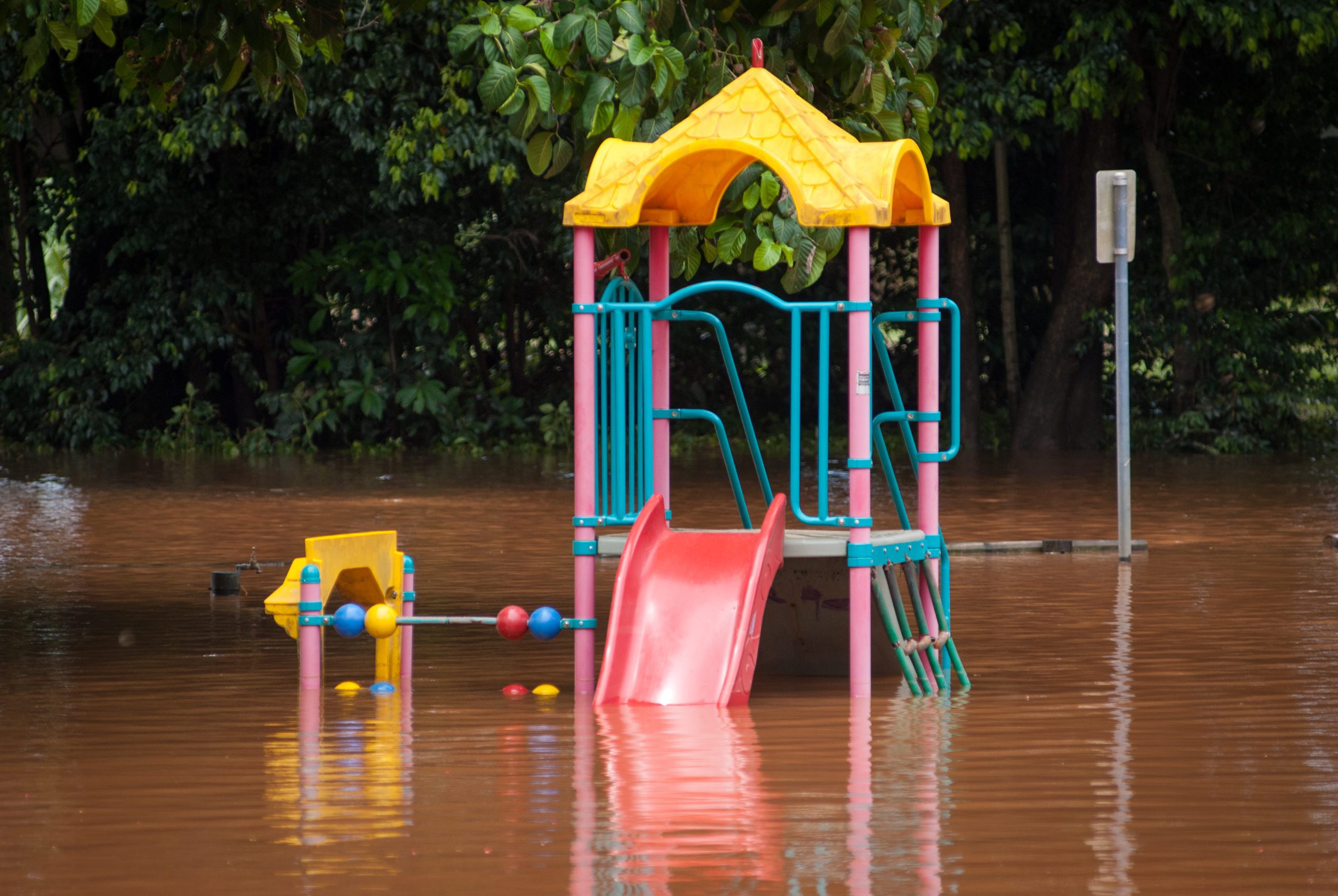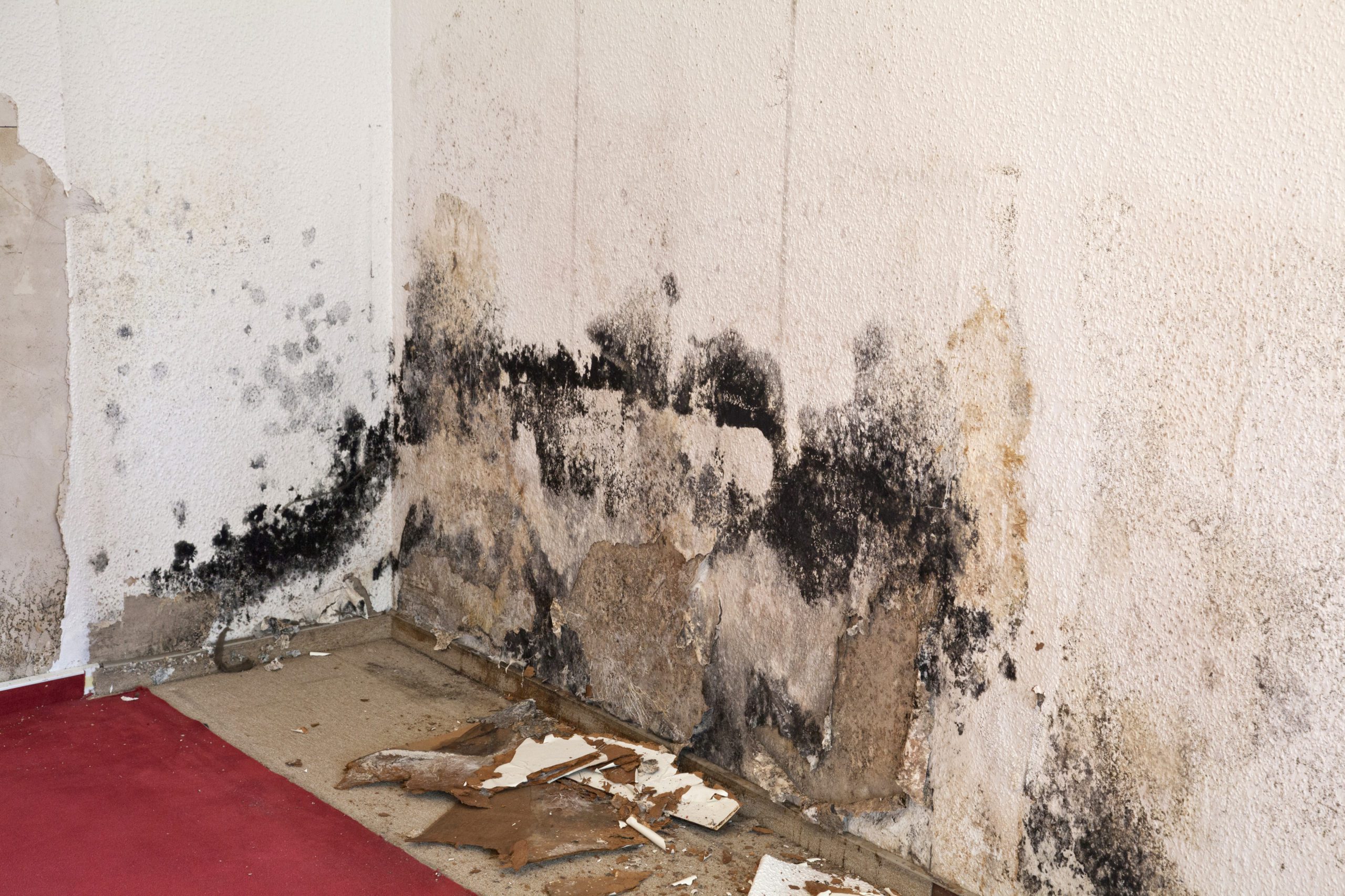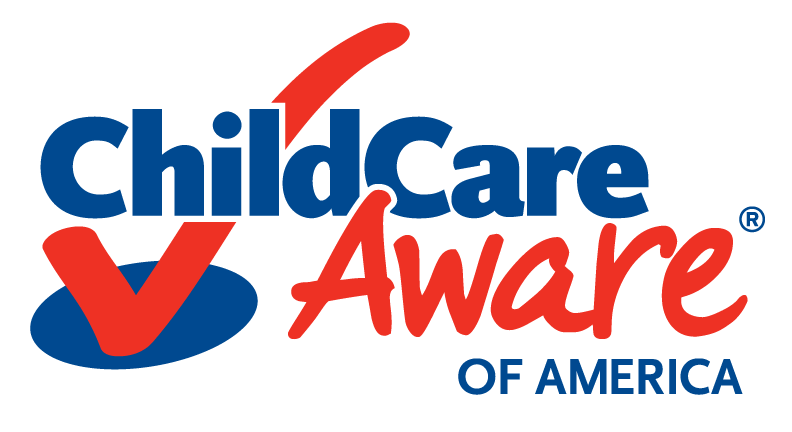Floods can happen anywhere, in any part of the world. Whether a flood is big or small, it can have devastating effects on homes and businesses. Child care providers can plan ahead to reduce the harm caused by flooding.
How Can Providers Get Ready?
There are a number of steps everyone can take to better prepare themselves for flooding and reduce their risks. Below are a few:
- Stay informed. Visit Ready.gov, the National Weather Service, or your local emergency management website or social media pages for latest information.
- Sign up for weather and flood related alerts through your local emergency management office.
- Determine whether your home or business is in an area likely to flood. The FEMA Flood Map Service Center (MSC) is the official public source for flood hazard information produced in support of the National Flood Insurance Program (NFIP). Use it to find your official flood map and find tools to better understand flood risk.
- Learn which roadways are likely to flood and find an alternative route so you can avoid them.
- Create a communications plan so your family, staff, and clients will know how to connect during an emergency
- Remember to have an evacuation plan.
- Put an emergency kit together.
- Keep important papers and valuables in a safe, dry place.
- Gather supplies in case of a storm.
- Charge all essential electronics.
- Strengthen your home or business against damage.
Flood Insurance

Flood insurance helps you recover your business or home faster and more fully after a flood. Many child care providers do not have the proper insurance to adequately cover them once they start caring for children. Insurance providers should be consulted before an emergency, in addition to after an emergency.
- How Insurance Protects You in an Emergency
- National Flood Insurance Program floodsmart.gov
Considerations for Children:
- Prepare with Pedro: Disaster Preparedness Activity Book (multiple languages available) (FEMA)
- Helping Children Cope with Disaster (FEMA)
- Protecting Children’s Health During and After Natural Disasters (U.S. Environmental Protection Agency)
- Child Life Disaster Relief Flood Resource
- Sesame Street: Preparing for Emergencies
After a Flood

Take a closer look at this graphic.
To Recover from flooding events, follow these steps:
- Air Out – open all doors and windows to allow for air flow
- Move Out – remove items that you can
- Tear Out – remove all wet carpeting, flooring, insulation, and saturated drywall
- Clean Out – clean out any remaining items, also clean for mold
- Dry Out – use fans, dehumidifiers, etc. to dry out the area (this process can take up to 4 to 6 weeks to complete)
Children’s Needs:
- If a boil water order is issued, it is recommended that you breastfeed or use bottled water to make formula.
- Children are lower to the ground than adults, they can be impacted by chemicals and hazardous substances more quickly than adults.
- Flood water can be dirty and hazardous. It can even include sewage. Be careful about letting children crawl on the ground before an area impacted by a flood has been cleaned up.
- Children love to put toys into their mouths. It is important to be sure that toys are cleaned, especially toys that may have been in contact with flood water.
For additional information on these steps, read Initial Restoration for Flooded Buildings (FEMA).
Additional Resources
- Environmental Protection Agency – Protection Children’s Health During and After Natural Disasters webpage
- For additional information, check out the CDC’s “Homeowners and Renter’s Guide to Mold Cleanup After Disasters.”
Mold

- Mold can begin to grow on surfaces that remain wet for 24 hours or more. This includes carpet, drywall, furniture, clothing, etc.
- You should assume that you have mold if your home was wet for 24 hours or more.
- To get rid of mold you need to stop/remove water from entering the home, dry the home completely, and remove the mold.
- Mold is not healthy and children should stay away from mold.
- Exposure to mold can cause reactions, including asthma attacks, sneezing, itchy eyes, stuffy nose, and even watery eyes.
- It is recommended that the clean-up be complete before children are allowed back into the home.
Learn more:
- Mold Removal Guidelines for your Flooded Home (Louisiana State University)
Other Resources
- Floods and Your Safety (Centers for Disease Control and Prevention)
- Flood Resources (The National Child Traumatic Stress Network)
- FEMA Flood Maps (FEMA)
- Flooding (U.S. Environmental Protection Agency)
- Ready 2 Help Card Game (FEMA)
- Create Your Family Emergency Communication Plan (FEMA)
- Document and Insure Your Property (FEMA)
- Safeguard Critical Documents and Valuables (FEMA)


